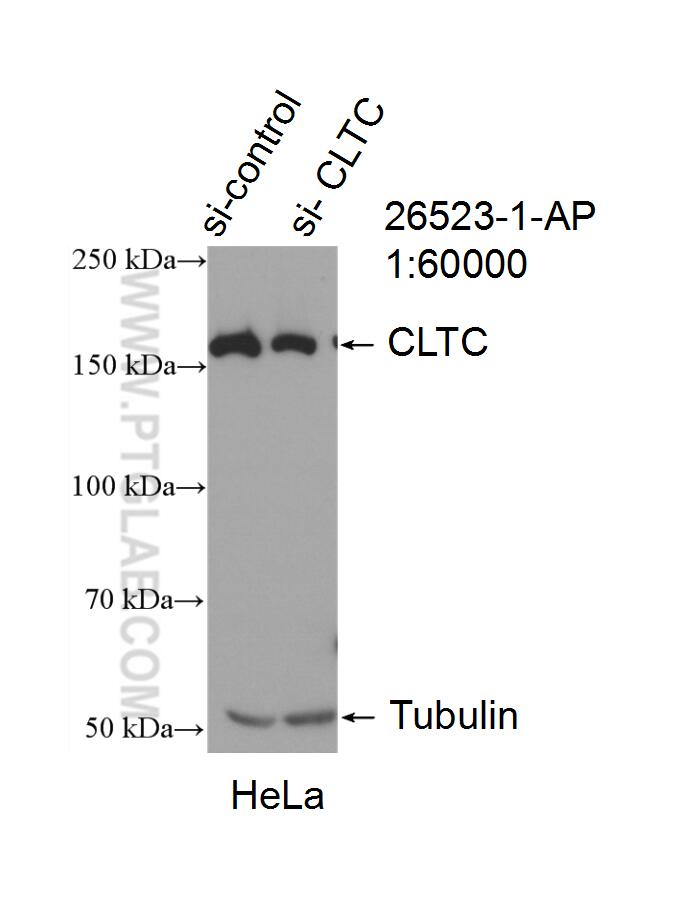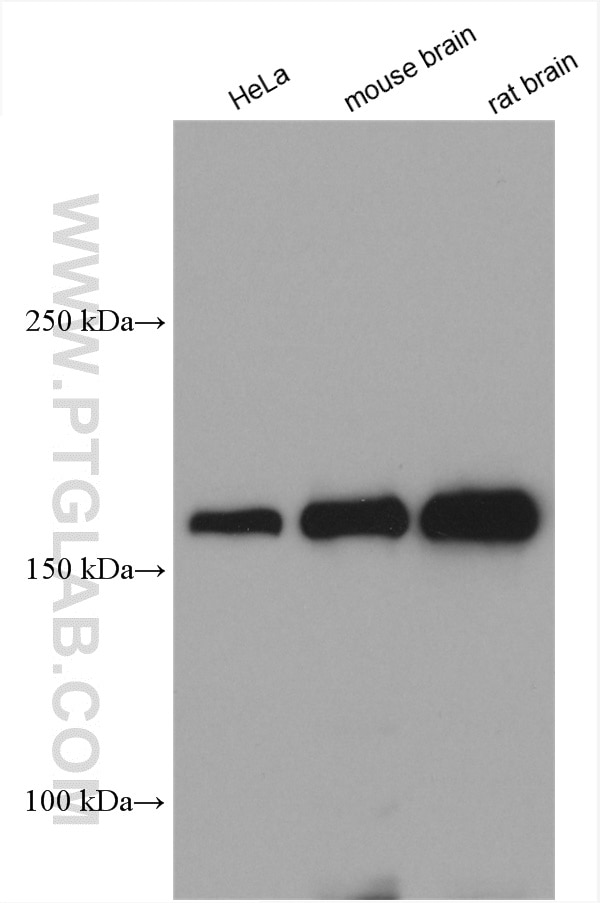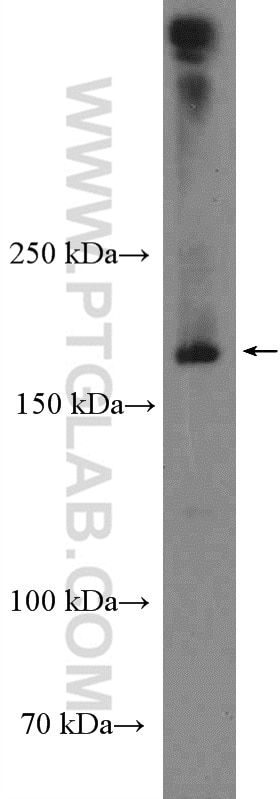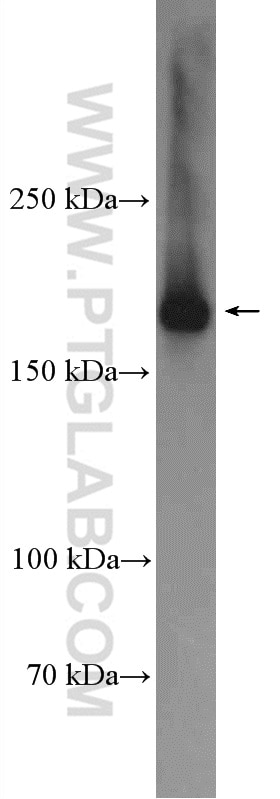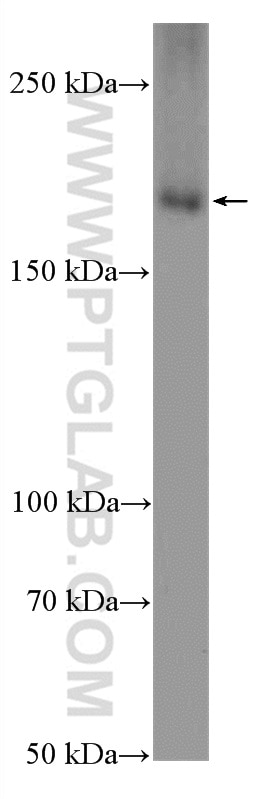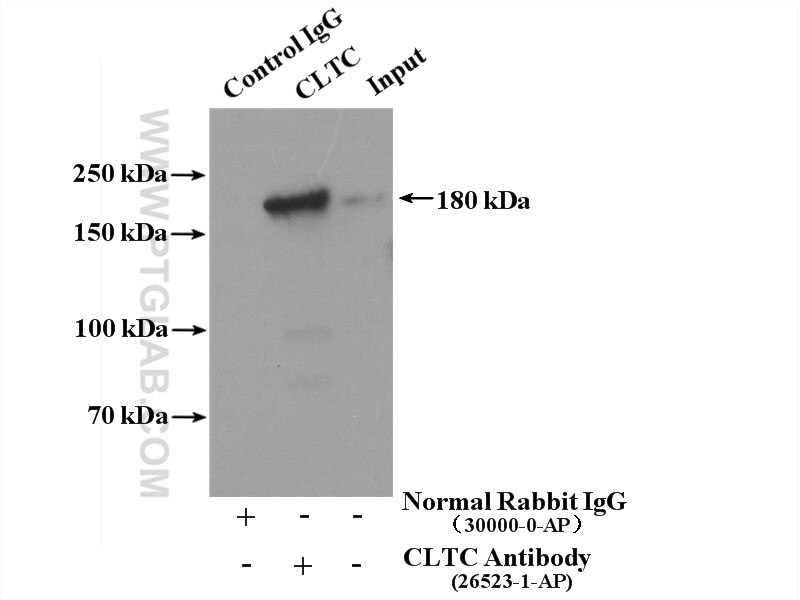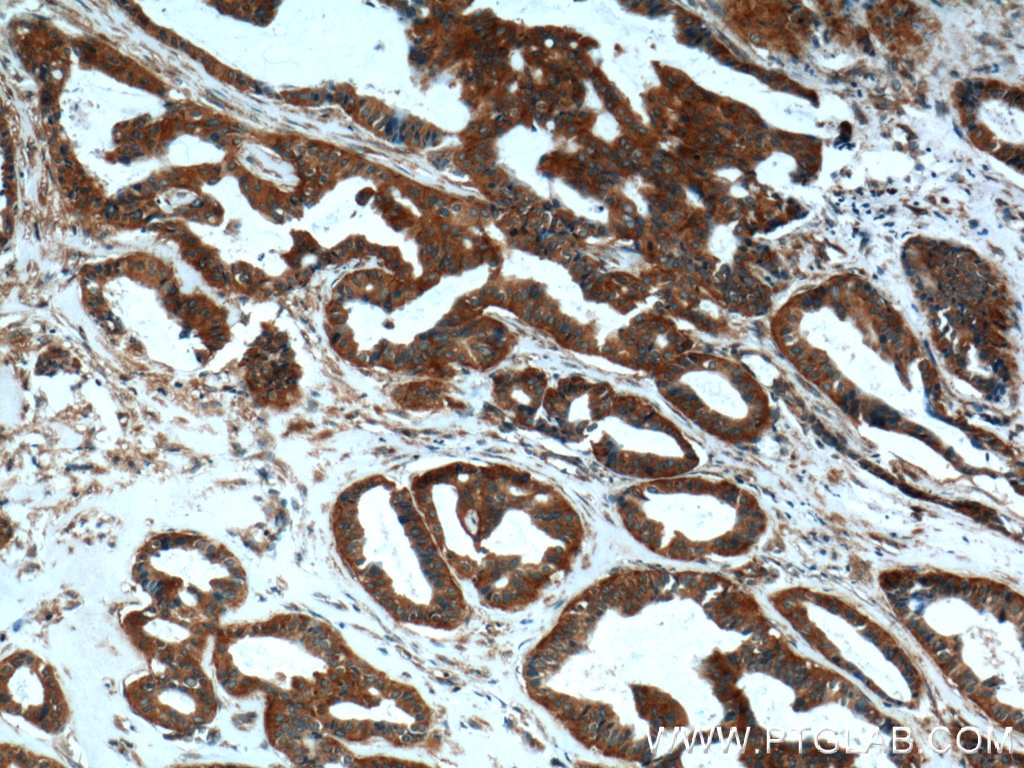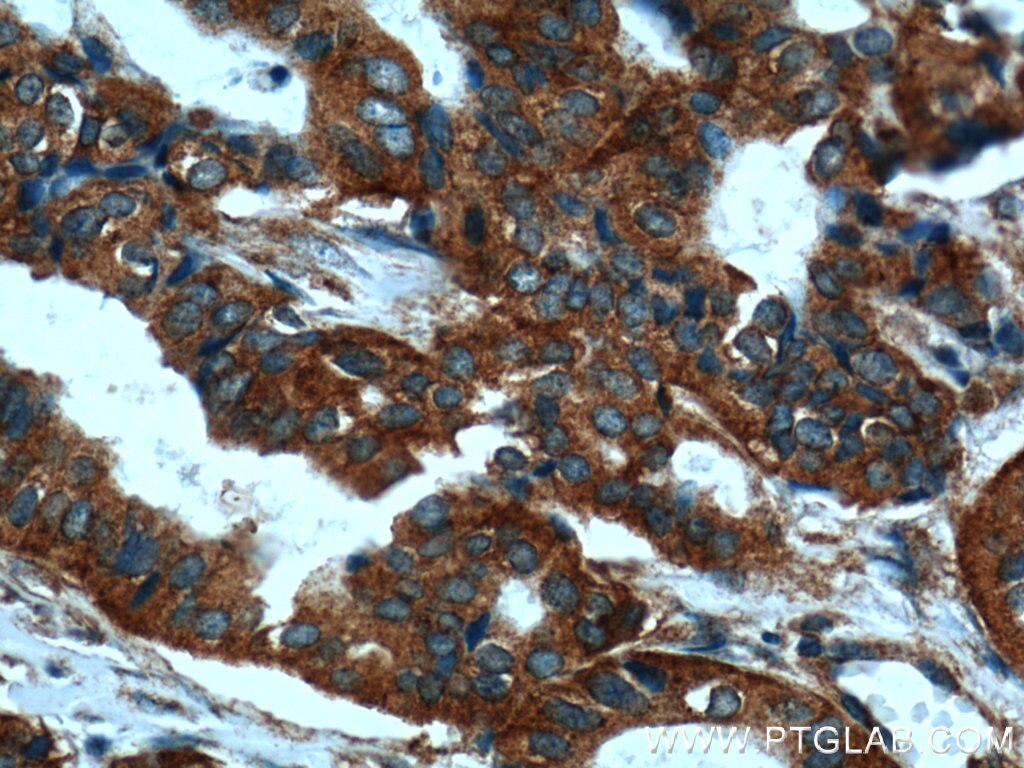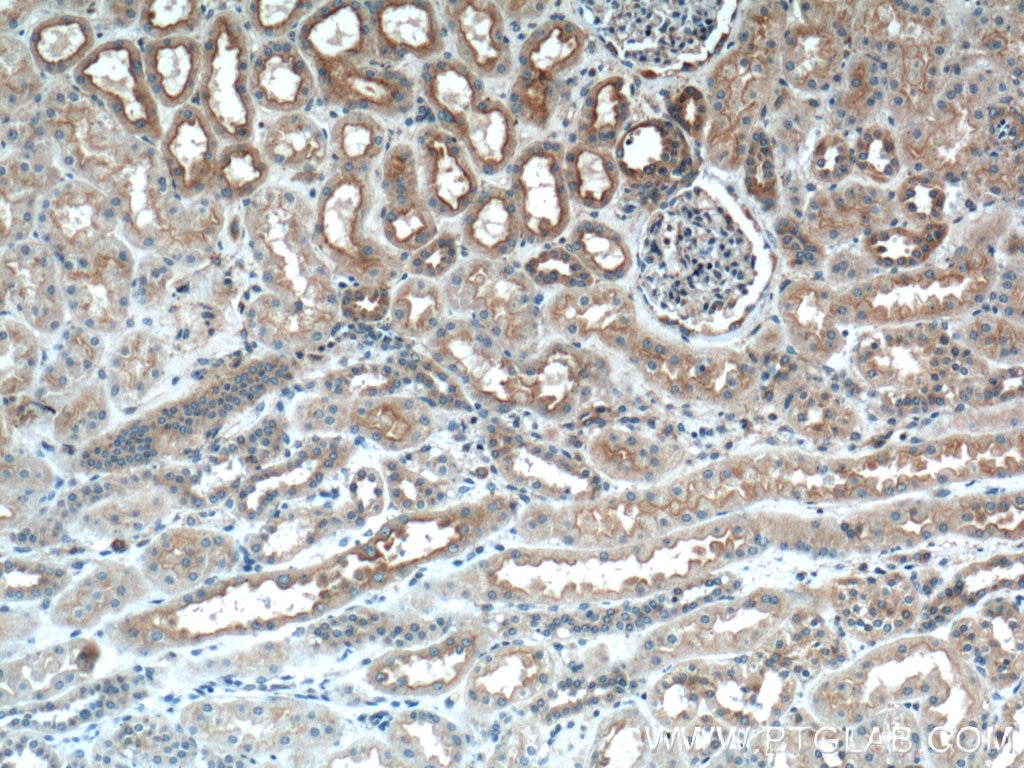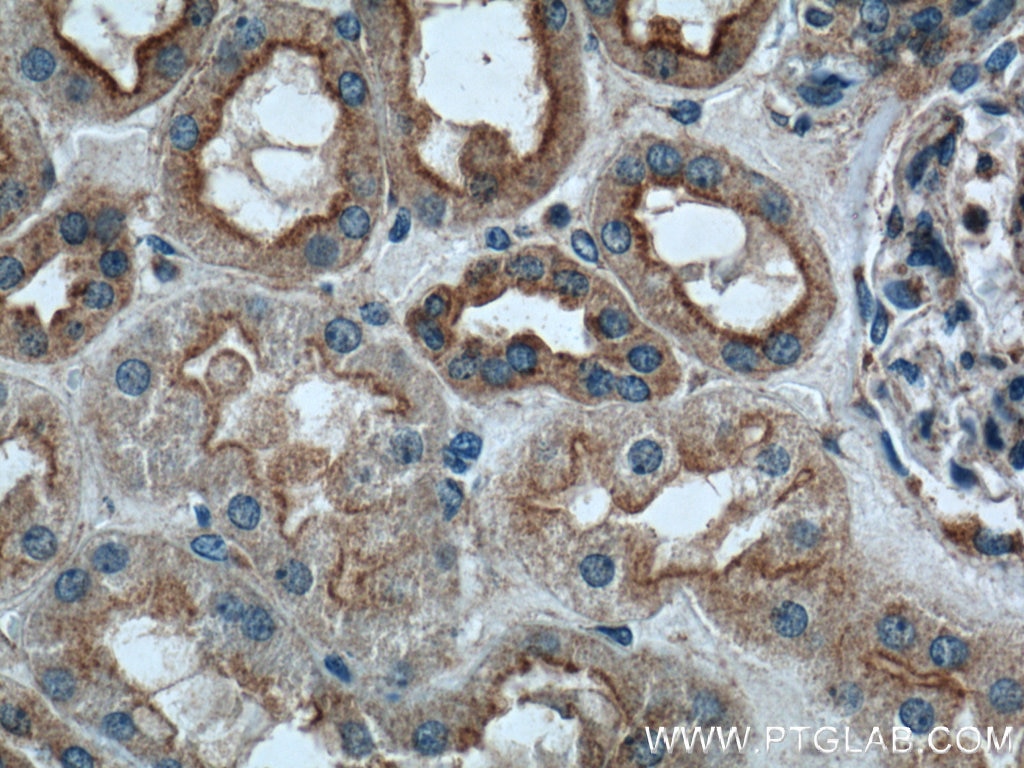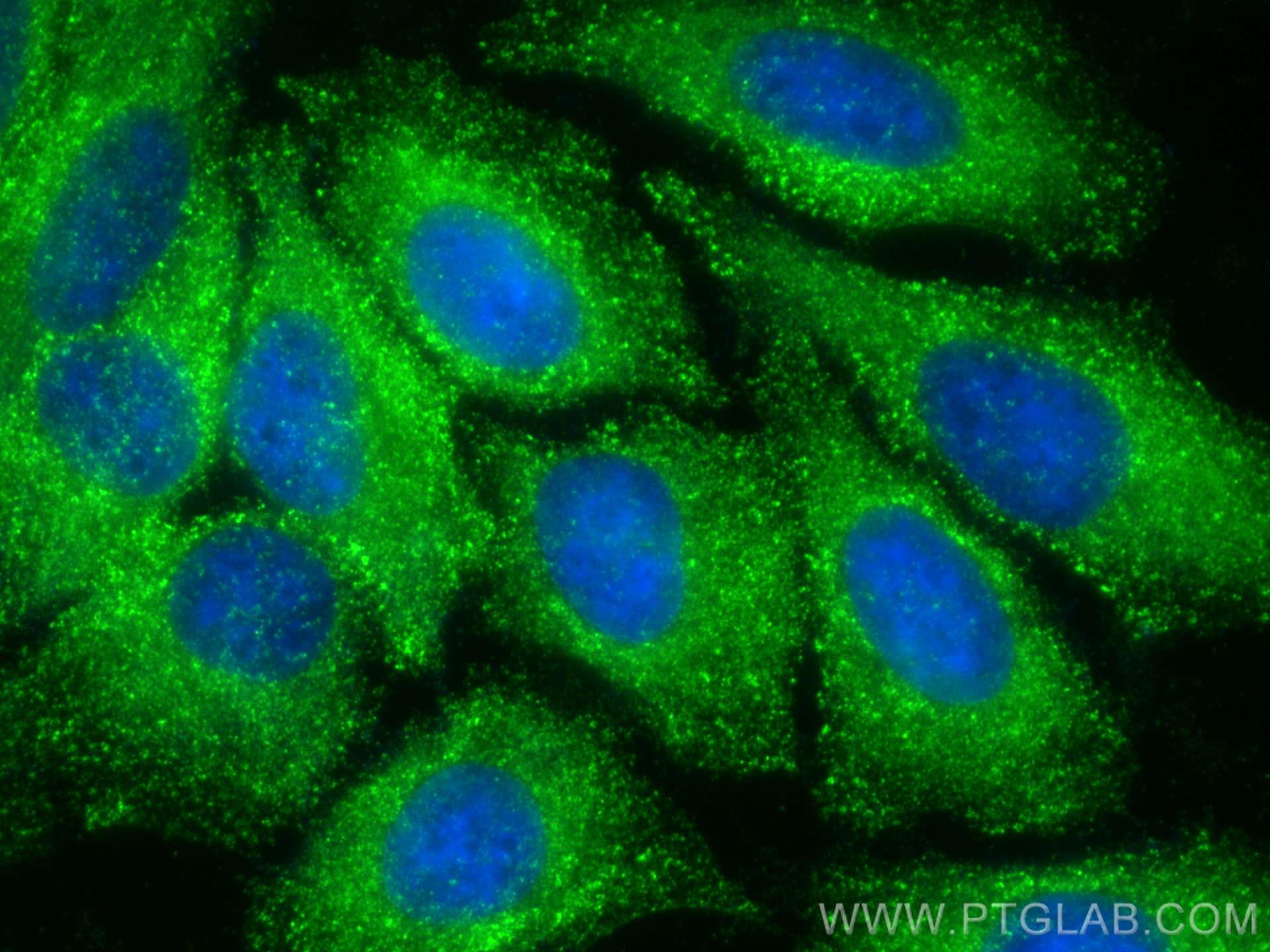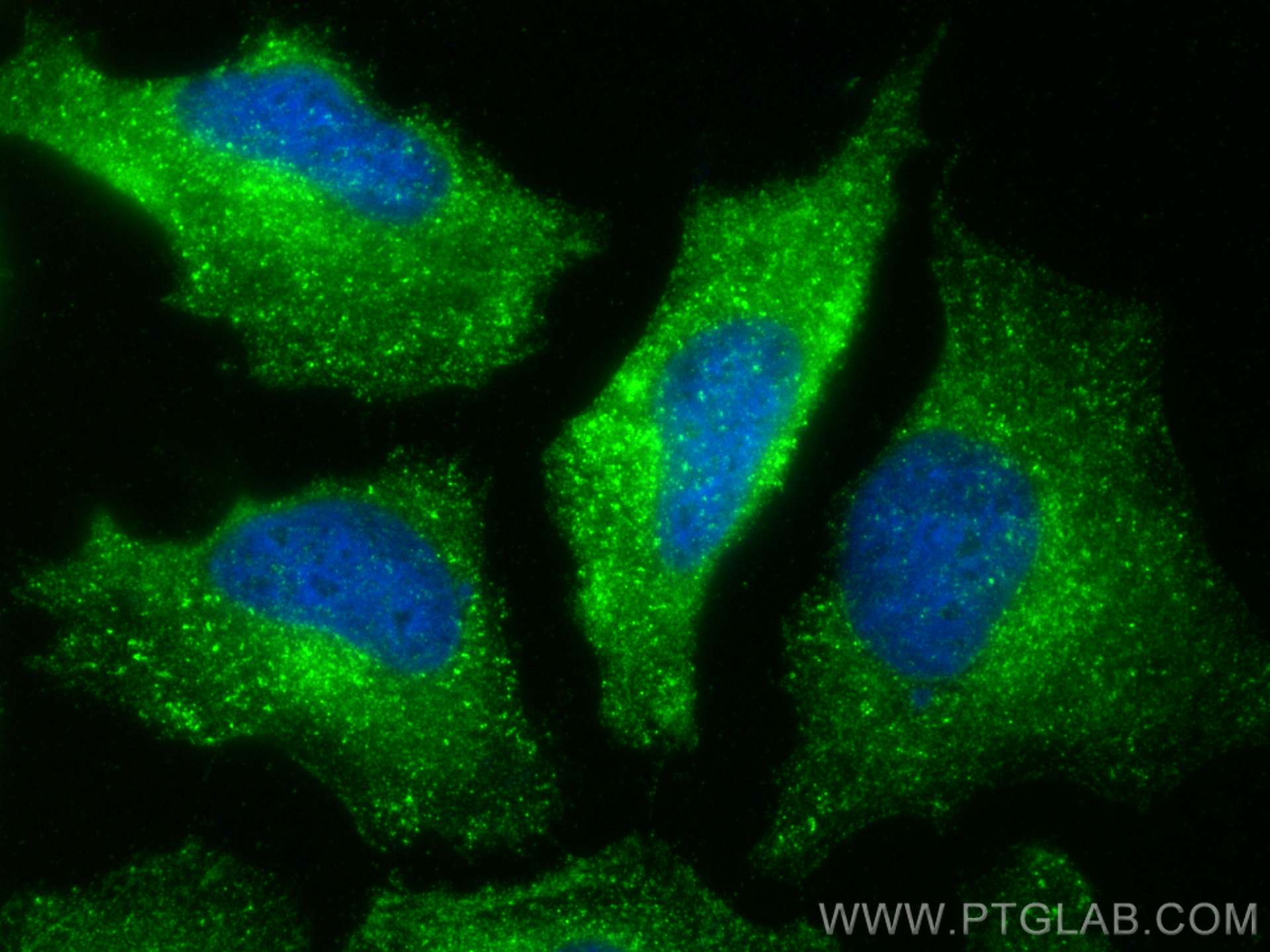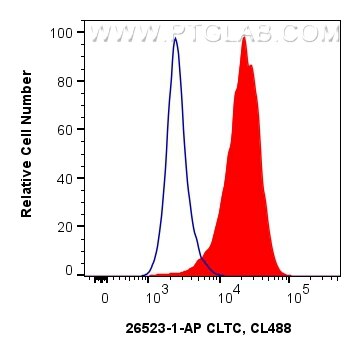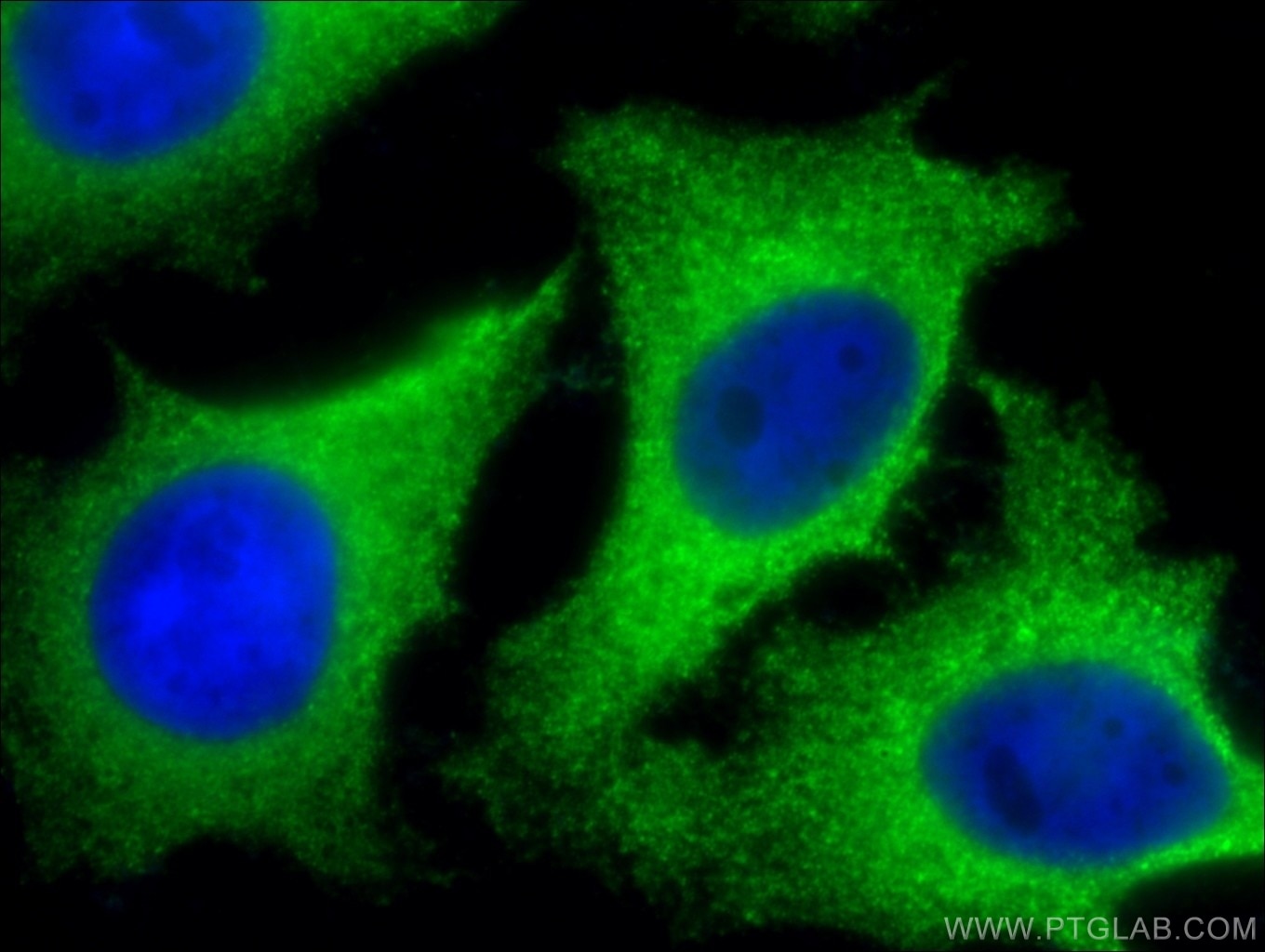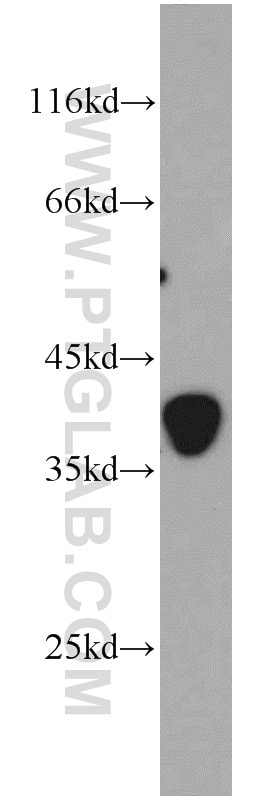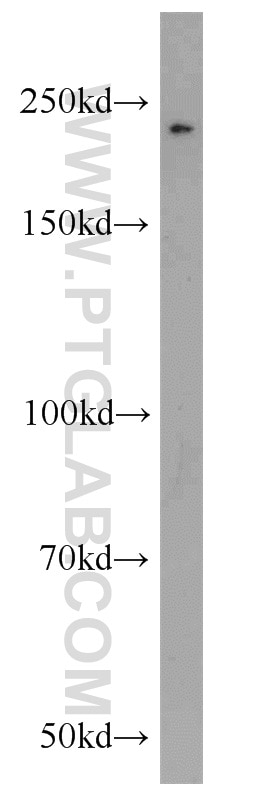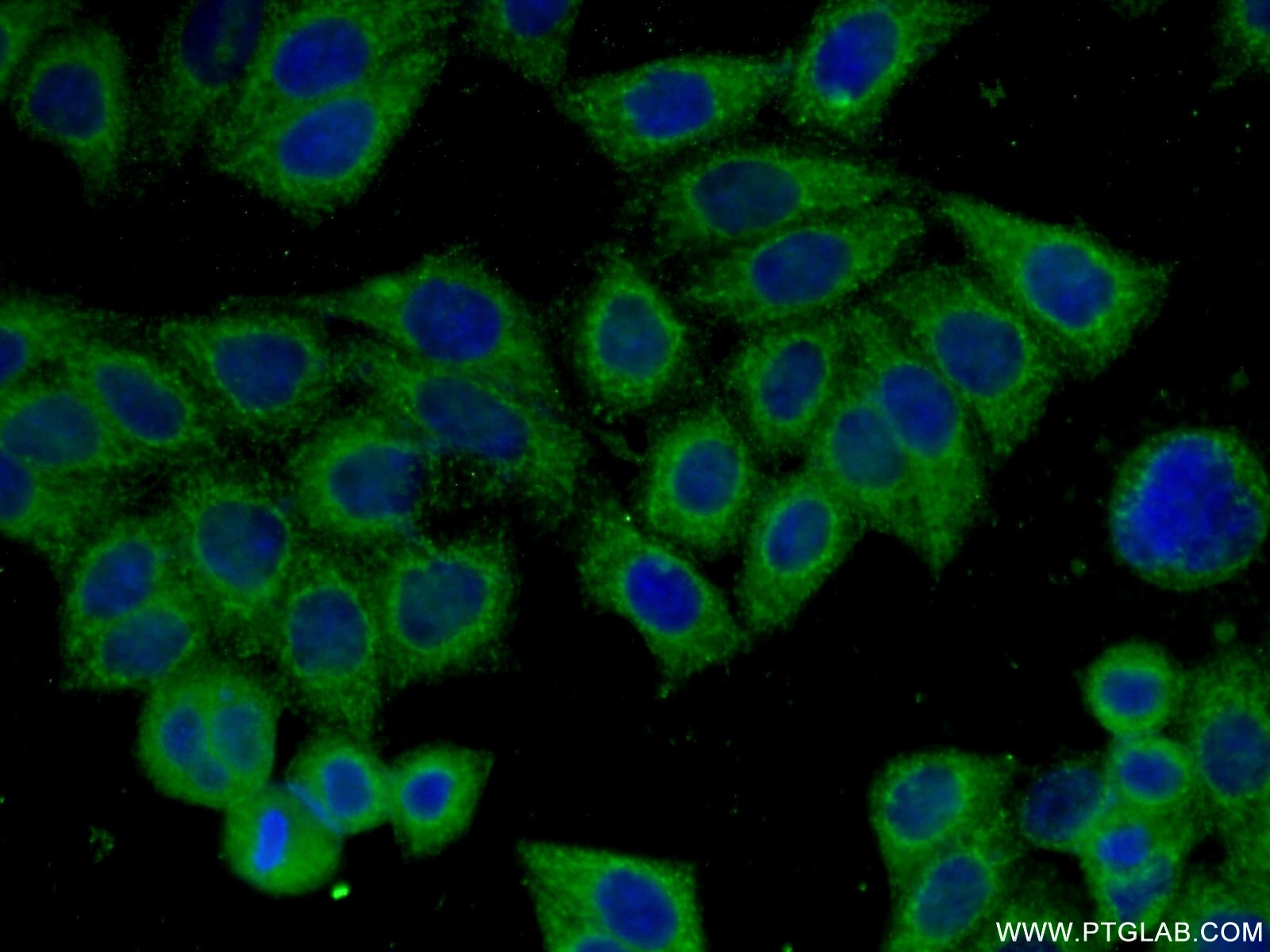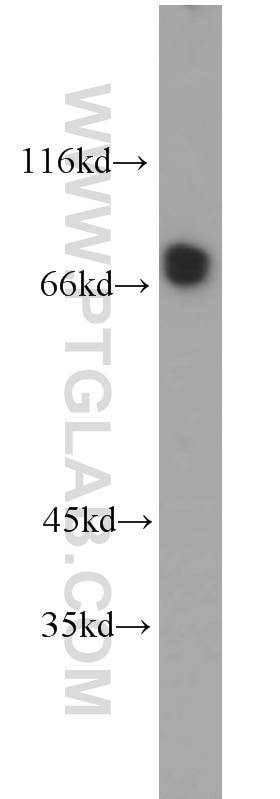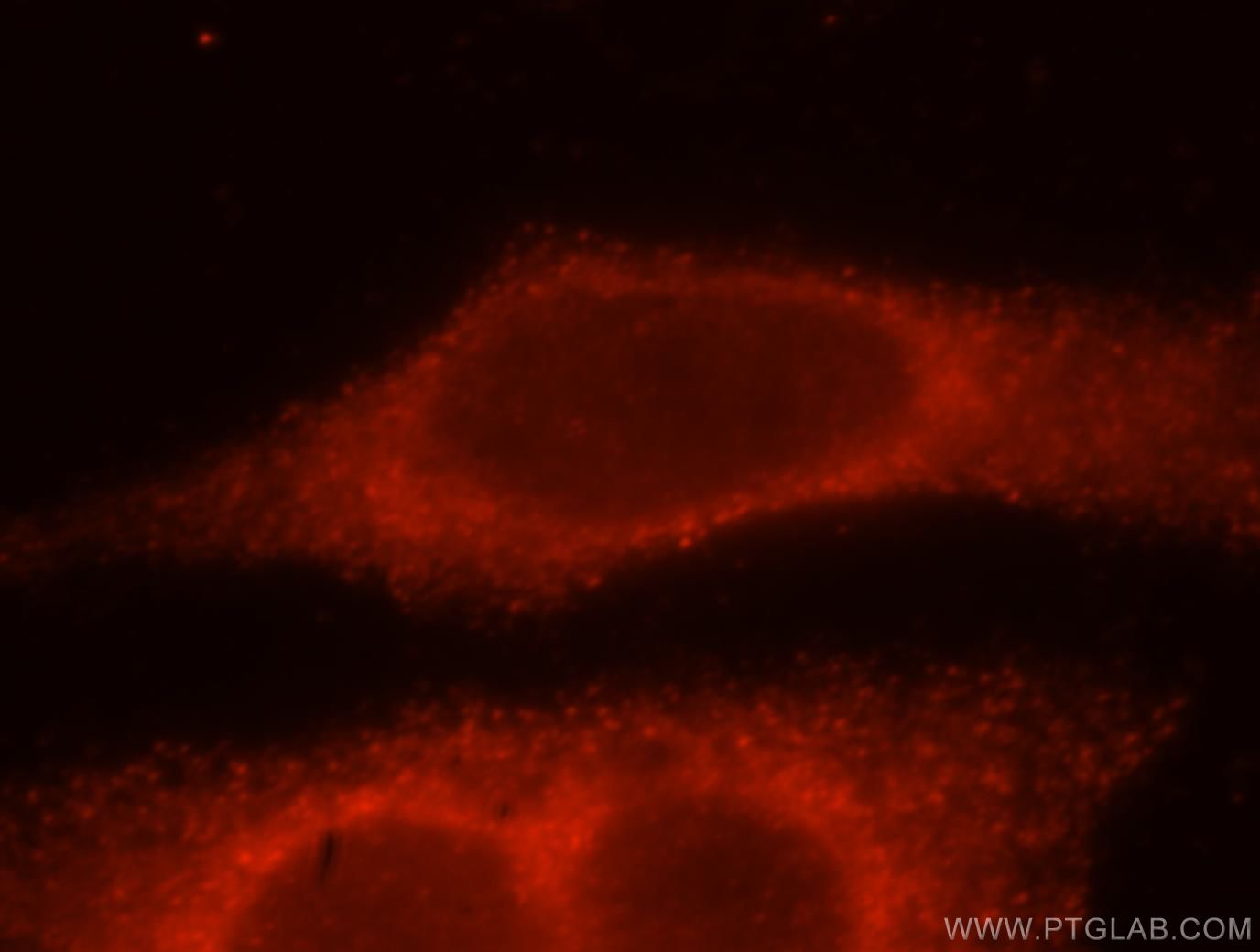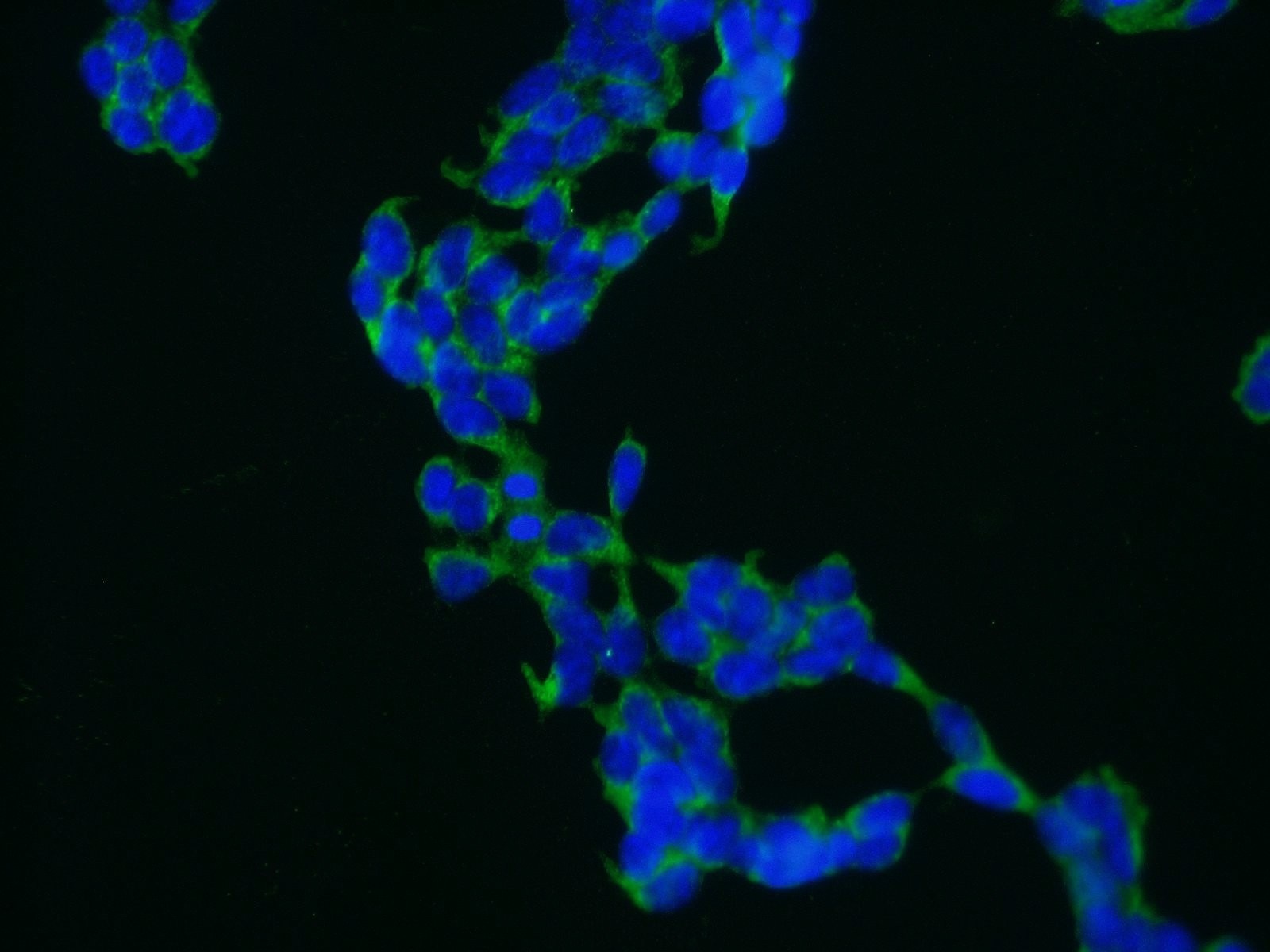- Phare
- Validé par KD/KO
Anticorps Polyclonal de lapin anti-CLTC
CLTC Polyclonal Antibody for FC, IF, IHC, IP, WB, ELISA
Hôte / Isotype
Lapin / IgG
Réactivité testée
Humain, porc, rat, souris et plus (1)
Applications
WB, IP, IHC, IF, FC, ELISA
Conjugaison
Non conjugué
N° de cat : 26523-1-AP
Synonymes
Galerie de données de validation
Applications testées
| Résultats positifs en WB | cellules HeLa, cellules HL-60, cellules Raji, tissu cérébral de porc, tissu cérébral de rat, tissu cérébral de souris |
| Résultats positifs en IP | cellules HeLa |
| Résultats positifs en IHC | tissu de cancer du sein humain, tissu rénal humain il est suggéré de démasquer l'antigène avec un tampon de TE buffer pH 9.0; (*) À défaut, 'le démasquage de l'antigène peut être 'effectué avec un tampon citrate pH 6,0. |
| Résultats positifs en IF | cellules HepG2, cellules HeLa |
| Résultats positifs en cytométrie | cellules HeLa, |
Dilution recommandée
| Application | Dilution |
|---|---|
| Western Blot (WB) | WB : 1:2000-1:10000 |
| Immunoprécipitation (IP) | IP : 0.5-4.0 ug for 1.0-3.0 mg of total protein lysate |
| Immunohistochimie (IHC) | IHC : 1:50-1:500 |
| Immunofluorescence (IF) | IF : 1:250-1:1000 |
| Flow Cytometry (FC) | FC : 0.40 ug per 10^6 cells in a 100 µl suspension |
| It is recommended that this reagent should be titrated in each testing system to obtain optimal results. | |
| Sample-dependent, check data in validation data gallery | |
Applications publiées
| KD/KO | See 1 publications below |
| WB | See 3 publications below |
| IF | See 4 publications below |
Informations sur le produit
26523-1-AP cible CLTC dans les applications de WB, IP, IHC, IF, FC, ELISA et montre une réactivité avec des échantillons Humain, porc, rat, souris
| Réactivité | Humain, porc, rat, souris |
| Réactivité citée | bovin, Humain, souris |
| Hôte / Isotype | Lapin / IgG |
| Clonalité | Polyclonal |
| Type | Anticorps |
| Immunogène | CLTC Protéine recombinante Ag25041 |
| Nom complet | clathrin, heavy chain (Hc) |
| Masse moléculaire calculée | 192 kDa |
| Poids moléculaire observé | 180 kDa |
| Numéro d’acquisition GenBank | BC054489 |
| Symbole du gène | CLTC |
| Identification du gène (NCBI) | 1213 |
| Conjugaison | Non conjugué |
| Forme | Liquide |
| Méthode de purification | Purification par affinité contre l'antigène |
| Tampon de stockage | PBS avec azoture de sodium à 0,02 % et glycérol à 50 % pH 7,3 |
| Conditions de stockage | Stocker à -20°C. Stable pendant un an après l'expédition. L'aliquotage n'est pas nécessaire pour le stockage à -20oC Les 20ul contiennent 0,1% de BSA. |
Informations générales
Clathrin is the major protein of the polyhedral coat of coated pits and vesicles which entrap specific macromolecules during receptor-mediated endocytosis. The clathrin molecule has a triskelion shape. Each clathrin triskelion is composed of three identical heavy chains (CLTC) (160-190 kDa) and three light chains of two types, LCA (CLTA) and LCB (CLTB) (30-40 kDa). The heavy chain provides the structural backbone of the clathrin lattice. (PMID: 9133677)
Protocole
| Product Specific Protocols | |
|---|---|
| WB protocol for CLTC antibody 26523-1-AP | Download protocol |
| IHC protocol for CLTC antibody 26523-1-AP | Download protocol |
| IF protocol for CLTC antibody 26523-1-AP | Download protocol |
| IP protocol for CLTC antibody 26523-1-AP | Download protocol |
| FC protocol for CLTC antibody 26523-1-AP | Download protocol |
| Standard Protocols | |
|---|---|
| Click here to view our Standard Protocols |
Publications
| Species | Application | Title |
|---|---|---|
Emerg Microbes Infect CD1d facilitates African swine fever virus entry into the host cells via clathrin-mediated endocytosis | ||
Autophagy AP2M1 mediates autophagy-induced CLDN2 (claudin 2) degradation through endocytosis and interaction with LC3 and reduces intestinal epithelial tight junction permeability. | ||
Br J Pharmacol A glycine-serine-alanine-rich peptide ameliorates Alzheimer-type neurodegeneration | ||
Aging (Albany NY) The interaction protein of SORBS2 in myocardial tissue to find out the pathogenic mechanism of LVNC disease. | ||
Vet Microbiol Invasion of Mycoplasma bovis into bovine synovial cells utilizing the clathrin-dependent endocytosis pathway.
| ||
FASEB J A genome-wide transposon mutagenesis screening identifies LppB as a key factor associated with Mycoplasma bovis colonization and invasion into host cells |
